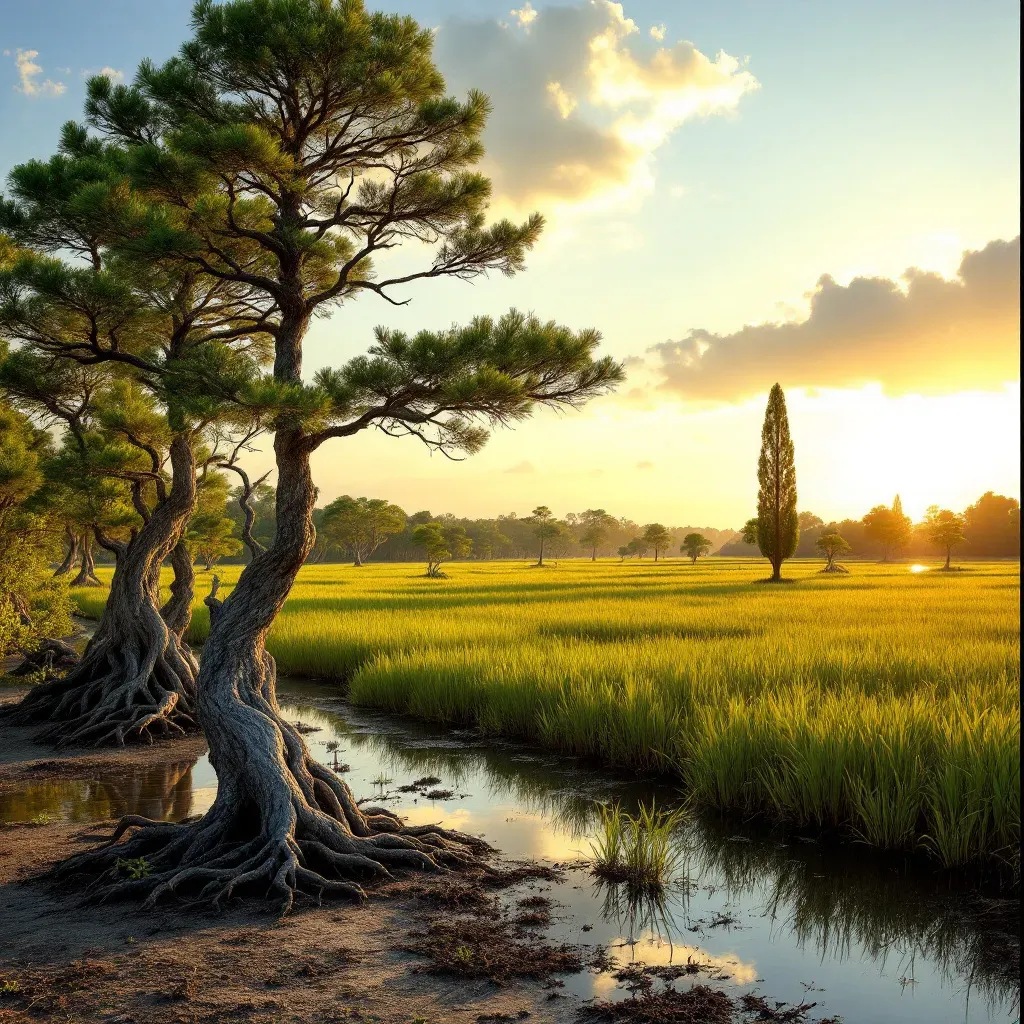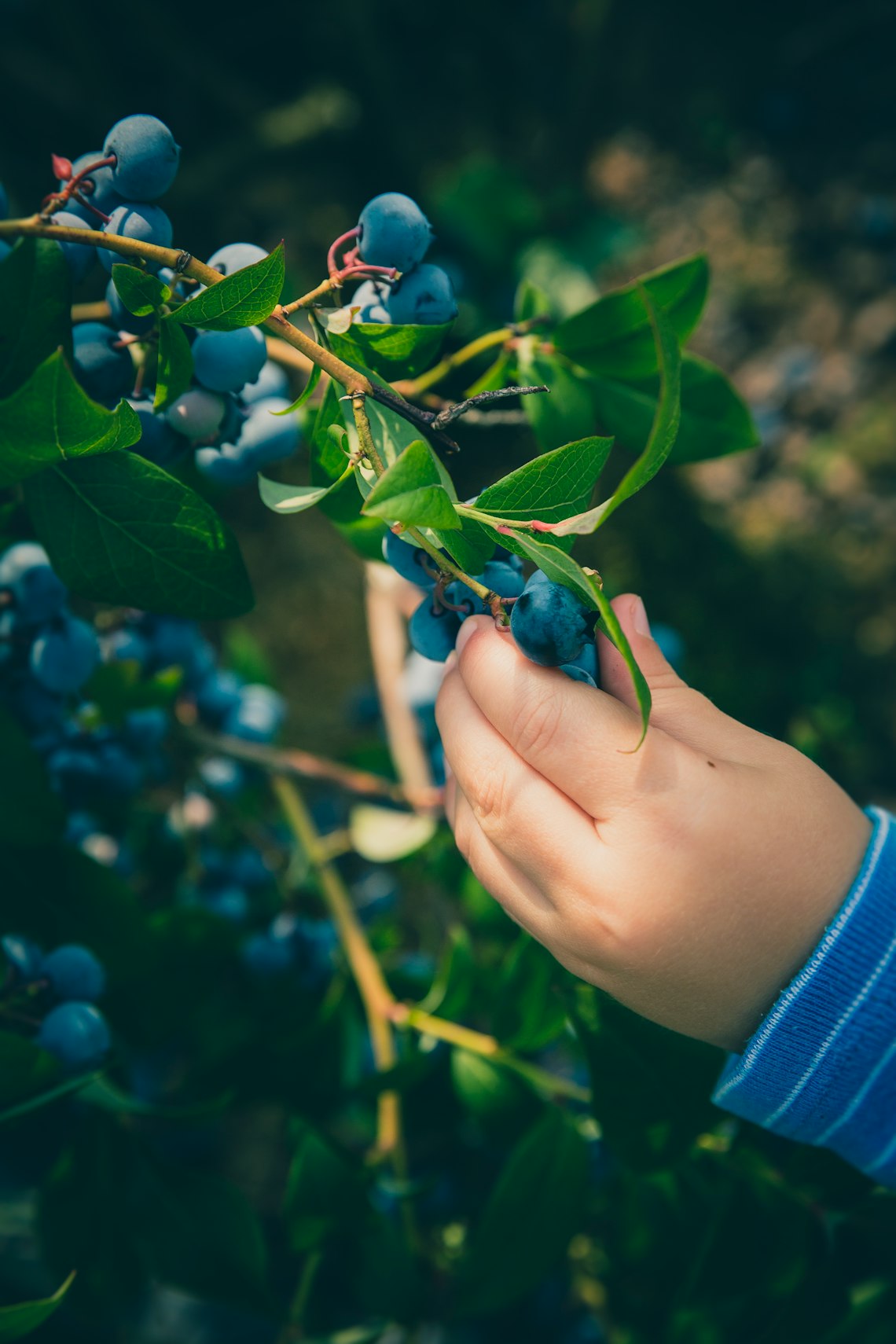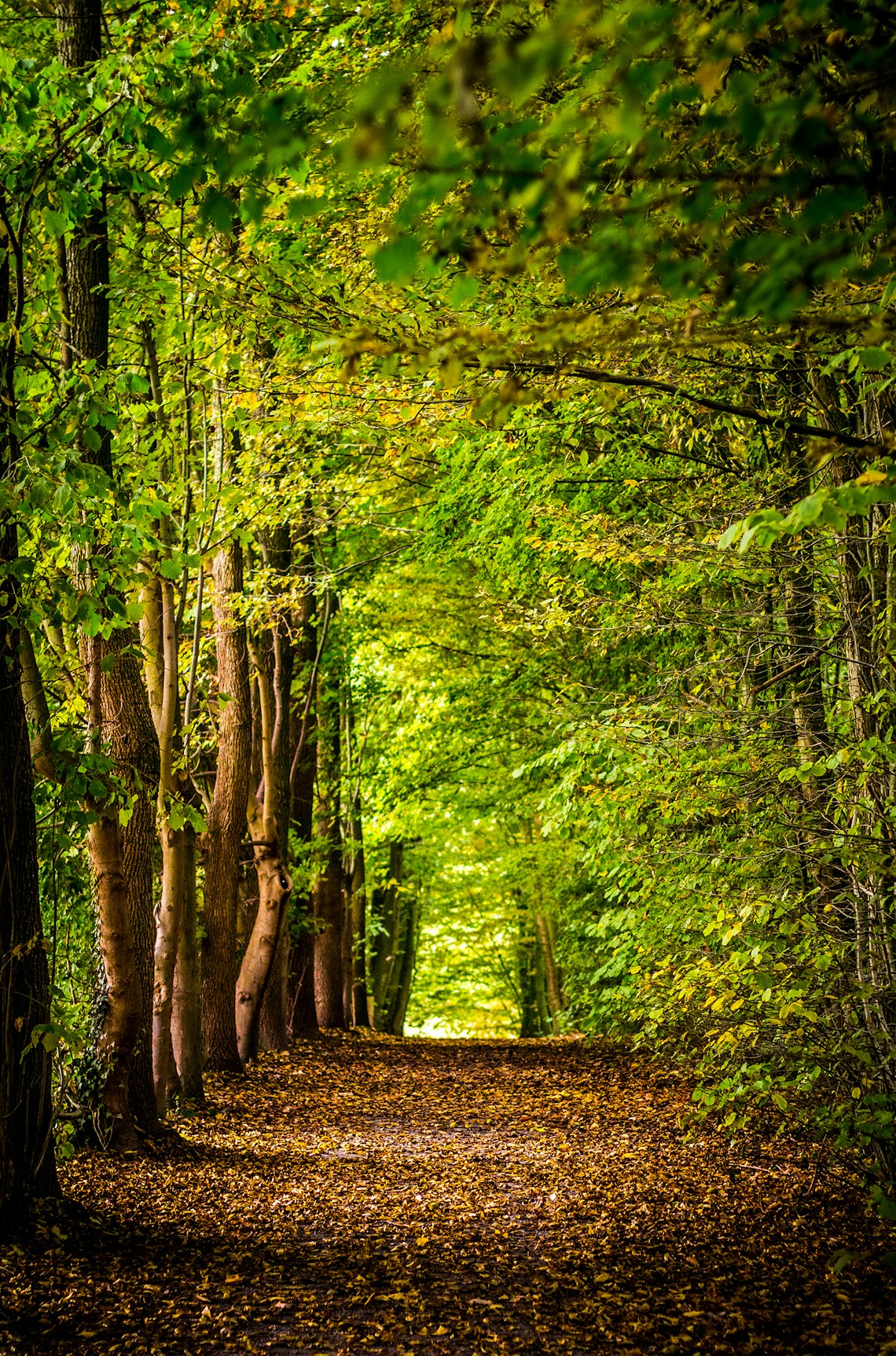Wetland restoration is a crucial environmental initiative that plays a significant role in enhancing flood control, improving water quality, and providing habitats for diverse flora and fauna. The strategic use of mangrove trees and cypress trees is increasingly gaining momentum in these restoration efforts due to their unique abilities to thrive in saturated environments and provide numerous ecological benefits.
Mangrove Trees: Nature’s Coastal Protectors
Mangrove trees are pivotal in wetland restoration, particularly in coastal areas. Renowned for their complex root systems, these trees act as natural barriers against erosion and serve as effective tools for flood control. Their roots reduce wave energy, helping to prevent shoreline erosion. Furthermore, mangrove trees play a crucial role in enhancing water quality. They filter pollutants and trap sediments from the water, contributing to cleaner ecosystems. In addition, they provide a fertile habitat for a variety of marine life, increasing biodiversity.
The Role of Cypress Trees in Wetland Restoration
Inland wetlands benefit significantly from the presence of cypress trees. Renowned for their durability and adaptability, cypress trees thrive in conditions where other plant species might struggle. They contribute to flood control by absorbing excess water during heavy rains, thus mitigating the risk of flooding. Moreover, cypress trees improve water quality by stabilizing soil and preventing toxic run-offs through their extensive root systems.
Flood Control and Water Quality Improvement
Both mangrove and cypress trees are invaluable in managing flooding and maintaining clean water in wetland ecosystems. Here is how they contribute:
- Absorption of Water: Their roots absorb large quantities of water, reducing the risk of floods.
- Erosion Prevention: The dense root networks help stabilize the soil, minimizing erosion.
- Pollution Filtration: These trees filter and trap pollutants, enhancing overall water quality.
- Habitat Support: They provide habitats for numerous species, supporting biodiversity and a balanced ecosystem.
Integrating Native Plant Species
Integrating mangrove and cypress trees with other native plant species can enhance the resilience of restored wetlands. This approach mimics natural systems, providing robust habitats that support a wider range of wildlife. Planting native species alongside these trees ensures that wetland restoration efforts are sustainable and effective.
Long-term Benefits of Wetland Restoration
The restoration of wetlands using mangrove and cypress trees results in enduring environmental benefits. These initiatives not only bolster flood control and enhance water quality but also contribute to carbon sequestration, mitigating climate change. Additionally, thriving wetlands attract tourism and recreation, boosting local economies.
By focusing on wetland restoration, communities can strengthen their resilience against climate-related disturbances while protecting natural resources. The combined use of mangrove trees and cypress trees offers a blueprint for sustainable environmental management, ensuring that wetlands continue to thrive for generations to come. For further insights into economically viable conservation methods, explore related topics on sustainable development and ecosystem services.




